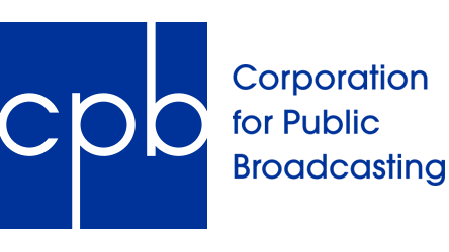Laptop Editing at NBC
You’re an editor right at the scene of the action, riding an adrenaline rush, cutting a breaking story from within a packed remote truck. The increasingly diminished size of our edit systems has made this task possible for many years, but always with the trade-off of either lugging hundreds of pounds of linear equipment in your nomadic pack, or sacrificing the quality of the result by choosing a portable disk-based system that uses severely compressed video.
(click thumbnail)
Now, however, NBC News’ Southwest Bureau Editor Alan Gillham, one of the network’s most traveled news cutter, and Video Engineer Gerard Butler from NBC News Technical Services, headquartered in New York, have demonstrated it’s now possible to bring the full capabilities of a major nonlinear edit system loaded with totally uncompressed video into the thick of wherever late news is breaking.
Gillham recently cut packages for the Today Show and NBC Nightly News, on-location in Oklahoma City to chronicle the execution of bomber Timothy McVeigh, using one of Apple’s new Titanium PowerBook G4 laptops empowered with Version 2 of Apple’s Final Cut Pro editing software.
"As a devoted Windows fan, I’ve been waiting for some of the major editing manufacturers to present us with a satisfactory software package designed for a portable Wintel platform," Gillham said, "but about the best they have come up with can only handle DV25-quality video. Of course I’d long-used a Mac-based Avid Media Composer back in the studio, but now I’ve found that the rugged new Titanium PowerBook G4 is about the best computer system I have ever worked with."
HAVE PACKS, WILL TRAVEL
When Gillham began with NBC News 11 years ago, he worked with the field reporters in a cuts-only mode by hooking two Sony BVW-75 Betacam decks together. After trying a few A/B roll systems, they settled on a Sony BVE-2000 controller driving four BVW-75 VTRs. "I had to pack it into 14 travel cases," he recalled, "and ironically we first used the system on a remote assignment about 7 years ago to cover the original Oklahoma bombing tragedy itself."
Having to lug around 700 lbs. of editing equipment without an assistant, Gillham yearned for a lighter load. The resolution of his situation actually began two years ago when Vice President of Network News Field Operations Stacy Brady encouraged her editing team to explore the possibilities of remote laptop editing.
Gillham and Butler first set up a PowerMac G3 laptop with Final Cut Pro’s earlier Version 1.1 software to cover the Gary Graham execution in Huntsville, Texas. Of necessity, they were still in the compressed video realm but at least Gillham was out from under traveling with a mule train of equipment cases. "The network producers who were airing our stories didn’t notice our change to disk-based technology," Gillham said, "but the consumer-level hardware codec we were using just didn’t give us the quality of video we wanted for a network story. So I went back to cutting my packages on tape using the Sony 2000."
Then in January, Apple released the PowerBook G4, and Tech Services Engineer Gerard Butler started searching for ancillary technology that could take advantage of the G4’s power – especially its unique Velocity Engine subprocessor. "This was all part of the whole initiative that Stacy Brady had been pushing," Butler explained, "to find a way of utilizing new technologies to save NBC money while giving us greater editing capabilities in the field."
Butler eventually found Magma’s CardBus PCI expansion chassis into which he installed two 36 GB hard drives, giving editor Gillham 45 minutes of uncompressed storage. He eventually chose the Pinnacle CinéWave board to handle the digital video, and because the CinéWave offers serial digital interface I/O, selected a Sony BVW-55 Betacam deck to input and export video over SDI with embedded audio in the field. The BVW-55 also gave the system audio monitoring and a second video screen to view the source footage. This put the whole package into three carrying cases, totaling about 50 lbs and ready for work anywhere in the world.
WAVE OF THE FUTURE
(click thumbnail)
Al Henkel, field producer for the southwest bureau of NBC Network News based in Dallas, has been involved with every story edited on their G4 laptop. "I’ve always felt that editing a story on-site gives us a better product," Henkel said, "because it makes the editor more of the process. It also lets us incorporate late-breaking footage without sending it back to the home plant first. Of course, once the tapes have been digitized into the G4, the satellite truck can send the raw footage anywhere we want. This is the wave of the future."
Recently, Gillham spent a week in New York demonstrating uncompressed video editing on a laptop to everyone from editors and engineers to the president of NBC News, Neil Shapiro. Apparently, they were all very impressed. "I’m so pumped about the whole deal because this G4/FCP 2 combination makes my job so much easier. If you can put a nonlinear system into someone’s hands and let them edit on an airplane or in the back of a car while keeping the video uncompressed, you have solved almost every problem I used to run into," Gillham said.
Get the TV Tech Newsletter
The professional video industry's #1 source for news, trends and product and tech information. Sign up below.
